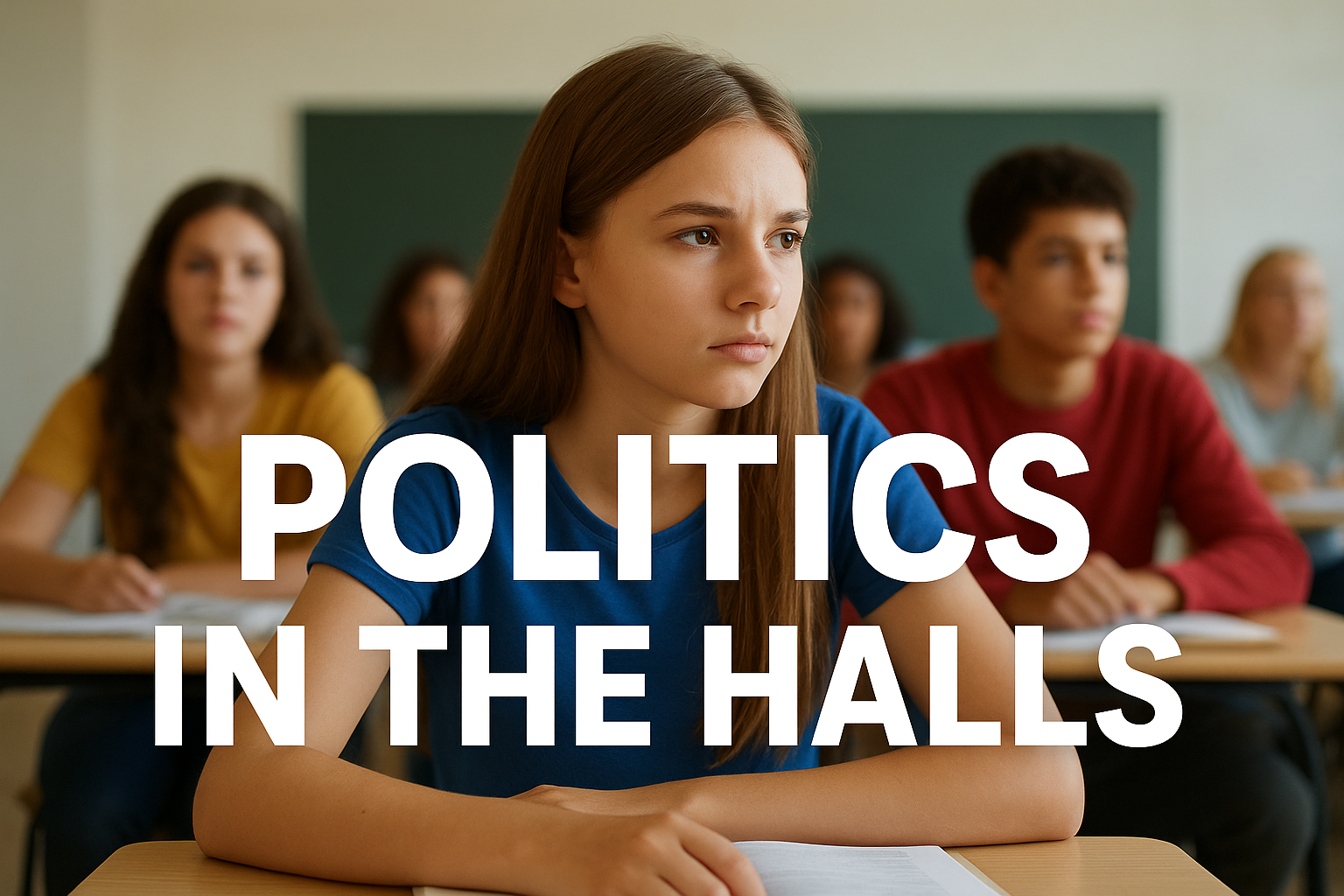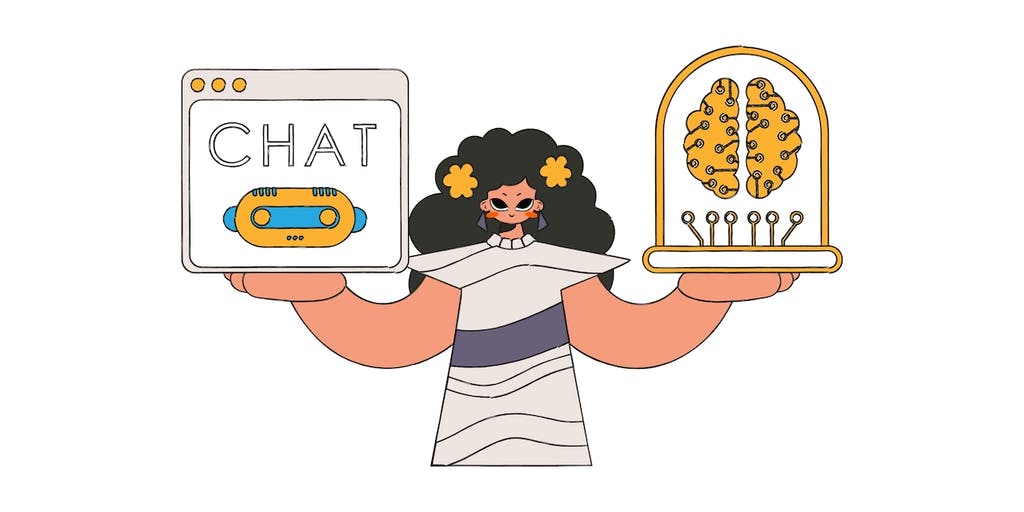

As Schools Turn to Tech for Mental Health Support, the Best Solution Might Be More Analog
Youth mental health is in trouble, and schools have seen firsthand the rise in need for mental health services among students.
Districts are increasingly turning to teletherapy to help students who won’t necessarily get seen by limited school mental health professionals, who are usually called to intervene with students experiencing a crisis. Some edtech companies are turning their efforts to mental health, and mental health tech is turning its attention to students.
Schools and districts are paying millions of dollars for access to these digital tools and services, sometimes using funds newly available to them through federal pandemic relief money.
Yet there are other, more traditional ways that education and after-school programs can boost student well-being, too, including hosting social experiences for kids and staffing schools with more health professionals — two strategies that are sometimes strapped for adequate finances.
And then there is the fact that, when it functions as intended, a regular school day can provide many students with the support they need to thrive. Christina Cipriano, director of the Education Collaboratory at Yale and assistant professor at Yale Child Study Center, says that while much of the attention has been on students who need mental health support at the individual or small-group level, educators should not forget the “power of relationships” to help students more broadly — at the classroom or school level.
Depending on the resources available within a school district or at a particular campus, the key to supporting many students could be preparing all grown-ups at a school to be a trusted adult in a student’s life, someone who can lend a sympathetic ear when needed.
“Anyone can form a healthy relationship with a student,” Cipriano says. “Everyone seeing themselves as [a mentor] in that whole school could be a mechanism to help and support students who are at risk for developing more significant mental health challenges.”
One challenge that students face as they advance through grades is that, as they get older, they get less individualized attention from adults at school, she explains. There might be one adult for every three kids in an elementary school classroom if a teacher has the support of aides, she continues, but that ratio grows throughout middle and high school.
“Paraprofessionals, the hall monitors, lunch monitors, everyone could be playing a role with those relationships,” Cipriano says. “It’s low-cost and high-reward.”
Is More Tech the Answer?
Students today have 20 percent higher rates of anxiety and depression compared to pre-pandemic rates, says Juan Treviño, a therapist and clinical program lead at Daybreak Health. The startup company provides telehealth counseling to middle and high school students through school districts.
For all students but especially older students, he adds, those struggles with anxiety and depression are affecting them on an emotional level and also academically and socially.
But Treviño says that one message clinicians stress to students is that it’s OK to feel those emotions.
“Something that feels good to me, to a teen feels even better, but something bad feels worse,” Treviño explains. “Their emotions aren’t a problem, [but they] need to learn coping skills so their symptoms are improved. It isn’t the depression and anxiety, it’s how they deal with it and how the school deals with it.”
Meanwhile, the growing demand for mental health support from parents of younger students is so great, Treviño says, that he’s in the midst of developing a virtual family therapy program for parents and their children in elementary school. Parents want help responding to the behavioral and emotional issues that students are dealing with now that they’re back on campus.
“A lot of it can be attributed to coming out of the pandemic, distortion of relationships not just with peers and being pulled out of school for a year, but on family life. Even though life has returned somewhat to normal,” Treviño says, that transition has been tough “for the younger kids for whom pandemic is a big chunk of their life.”
Daybreak Health is available in 50 schools in six states. The way the service works is that a school counselor refers a student for teletherapy, and the company matches that student with a therapist to meet with the student via videoconference for a set number of counseling sessions.
This is different from other tech-facilitated mental health tools, like apps that might deliver on-demand guided meditation or emergency text-based hotlines meant for people who need help during a mental health crisis. When it comes to gadgets or apps that have a mental health slant, Cipriano says students may be drawn to them because it’s a familiar medium, but those products tend to be generalized rather than tailored to each student’s needs.
“Just like the heterogeneity and the goodness of fit between children and therapist, or the types of strategy being taught, there might be a similar heterogeneity in use of apps,” she says. “We need to be mindful [because] therapy has never been one-size-fits-all, so it would be irresponsible to think one tech solution is the answer in that regard.”
The cost to schools that use Daybreak Health varies based on factors like a district’s number of students and the level of support students need. Students and their families don’t pay directly for the services — they’re covered by private health insurance, Medicaid or school district funds budgeted for mental health services.
Daybreak Health leaders say they measure how well their programs work through factors including how speedily they match students with therapists, the percentage of students who complete the full number of therapy sessions, student ratings, and the percentage of families who report behavior improvements at home.
Investors have registered confidence in the model. In spring 2022, Daybreak Health raised $10 million in a Series A round. Crunchbase reported that in the six months leading up to the fundraising, the company’s “revenue approximately quintupled” and it “saw similar growth in patient volumes.”
The Power of After-School Activities
A mention of the YMCA might conjure the echo of sneakers squeaking on a basketball court, but the network of nonprofit community centers has turned its attention to supporting youth mental health, too.
With around 480,000 kids in its before- and after-school programs, local YMCAs are well-positioned to mentor students and connect families with mental health resources in their communities, says Curtis Lemieux, who leads the organization’s department focused on strategy and quality practices for out-of-school time. Specifically, it can work to alleviate what the U.S. Surgeon General called an “epidemic of loneliness.”
“The stats are just astounding, the young people that have considered suicide, but everything has been exacerbated 10-fold since people were kept at home,” Lemieux says. “The Y is a place where we can bring young people into a safe space, meet other young people, have caring adults, and help them process those feelings of stress and trauma.”
He works closely with Karen Friedman, who leads the YMCA’s strategy and quality practices for mental health. Friedman says staff at local YMCAs are seeing young people struggling with social skills and interaction after missing a couple years of ordinary life during the pandemic.
“How do we understand and build those skills around connection?” she says. “Some of those challenges we’re seeing are in behaviors not working in the way we’re used to.”
Whereas typically young kids at a YMCA summer camp might have naturally fallen into social groups, Friedman says, now many are having trouble making friends, interacting with others or understanding that they should respond when a staff member asks a question.
Lemieux says the YMCA is working to add social-emotional learning to its after-school program curriculum. Many local YMCAs are well-connected to other service organizations in their communities, so the nonprofit is also training its staff about how they can help families connect with mental health services when needed.
“It’s around connecting and experiencing with each other, learning how to express your feelings when something bothers you, finding strategies for people to ground themselves,” he says.
Most YMCA before- and after-school programs are hosted at local schools, with the remaining 15 percent held at YMCA community centers. The organization gets its funding primarily through nonprofit and government grants, with some money collected via membership fees. The cost to students and their families to participate in before- and after-school programs and camps varies across its 2,700 locations. For example, it’s about $235 monthly for after-school programming in Houston while it’s about $200 for before-school programming in Los Angeles.
Lemieux believes there is value in creating social opportunities for kids outside of the academic classroom. The YMCA says it sets up after-school programs in ways that allow for measurement of youth outcomes, sometimes using surveys or third-party observers.
“[Our programs] give us access to see young people in a different way than a school system might,” Lemieux explains. “Kids are coming to us with assets, and we can strengthen them and set them up for success.”
Educators and social program staff forging partnerships with families to support student mental health is an important part of what Cipriano calls “creating the community of care.” While particular professionals might change roles or take jobs elsewhere, she explains, it’s likely that a family will be part of a broader school district or before- and after-school program so long as they have school-aged children.
And if a student is part of a minority group that generally has a harder time accessing support services for something like mental health, Cipriano says, chances are that the whole family has trouble accessing that support.
Organizations like the YMCA, which are trying to make it easier for kids to get mental health support, are also among those who have made it part of their mission to promote equity in general and become more anti-racist specifically.
“If you want to help to support this culture of care for all students, trying to do that without engaging the families feels like another missed opportunity,” Cipriano says. “When we think about intersectionalities in the mental health crisis and who are the students who are — the students with marginalized racial, ethnic or gender identities — we’re seeing those rates rise. They tend to also be from families who are marginalized within those school systems.”
Hiring More Humans in Schools
No two of the school districts that come to Duncan Young for help meeting the mental health needs of students are exactly alike, says the CEO of Effective School Solutions, a company that designs and provides mental health programs for school districts.
But one thing district leaders have in common is that they feel at least somewhat out of their depth when it comes to supporting student well-being.
“There might be an uptick in discipline or fighting, and a lot of times this is [about] educating districts on the relationship between discipline and underlying mental health issues,” says Young. “I’m driving to midsized urban districts, some tiny suburban districts, some that have 100-plus schools, some that have only a single school building. You have to adapt the model for every district.”
To Young’s point, research shows that providing mental health support during the pandemic has been a chaotic affair. School counselors lacked clear direction from upper management and have been overloaded with work, according to a study from researchers at the Harvard Graduate School of Education and Boston College.
“By far, counselors believed they spent the most time on attendance. Counselors were instructed to track down students who were not present for remote or in-person learning,” researchers write. “Much like other aspects of our society, the pandemic put a spotlight on preexisting pressure points in our educational system that have persisted for far too long — organizational constraints that undermine students’ access to meaningful school counseling.”
The programs that Effective School Solutions designs are in use in more than 90 districts in nine states. Young says each model is based on how intensive the help is that school districts say their students need. He might be called on to do anything from helping school district leaders outline their vision for mental health support to creating an intensive in-school therapy program. The people who provide care to students in schools are employees of the company, not the school district.
For schools that work with Effective School Solutions, the cost depends on the services desired, but media coverage of school districts’ contracts with the company put the price tag at $4.5 million for services at six schools over three years and $214,000 for around a year and a half of mental health counseling by two school therapists. Students and families who participate don’t pay out of pocket.
One issue that districts will have to contend with is how to keep mental health services in place once emergency federal funding — distributed in response to the COVID-19 pandemic — expires in September 2024.
For example, a small district in Texas told the Austin American-Statesman that it was able to hire a middle school therapist thanks to the funds, but that leaders won’t know whether that position will continue until after the budget for the new school year has been finalized.
Young says that part of his work is helping school districts figure out how to fund mental health services, but that it’s up to lawmakers to devise long-term solutions.
“One thing I want to emphasize is the move away from grant-based funding to entitlement-based and structural,” he says. “I think about something like Title 1 [funding], and I would love to see a similar type of program for mental health. Let’s not leave it up to chance but think more permanently and structurally.”
Solution Without a ‘Problem’?
Structural change is on Cipriano’s mind, too. The current search for solutions to student mental health needs implies to her that some education leaders think there is a singular problem that can be solved. The Yale professor disagrees with that premise.
It’s a line of thinking she believes needs to change if educators want to create environments where students are better supported into the future — as it seems they will need, considering the impact of the COVID-19 pandemic.
“If we want sustainable growth and evolution in schools supporting students, we need to shift the frame from, ‘It’s a problem to be solved,’” Cipriano says. “It just begets the idea, ‘We solved that,’ and it’s not something that’s enduring and becomes a part of the way you operate.”
Dig Deeper With Our Longreads
Newsletter Sign up to get our best longform features, investigations, and thought-provoking essays, in your inbox every Sunday.
The MEN was founded by John Huber in the fall of 2020. It was founded to provide a platform for expert opinion and commentary on current issues that directly or indirectly affect education. All opinions are valued and accepted providing they are expressed in a professional manner. The Maryland Education Network consists of Blogs, Videos, and other interaction among the K-12 community.













